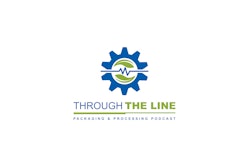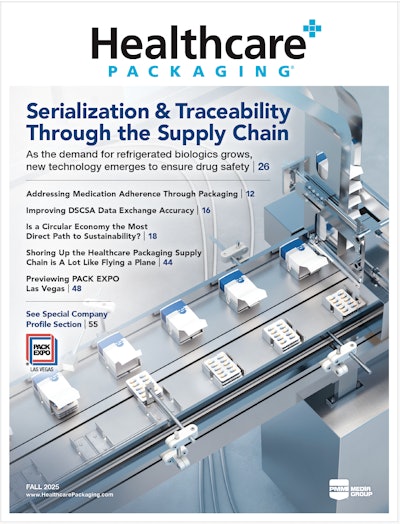HCP: Talking about supply chain... it's a global network, of course, and with that comes a whole slew of different challenges. What challenges do companies face when trying to implement GS1 standards globally? It's one thing to implement it within their own backyard or one facility in the U.S. but globally, I'm sure brings up some other challenges.
Mayeski: Yeah, that's a great question. The standards themselves aren't a barrier for adoption as I've explained. So, they represent a common language, they're to be consumable through the various levels of the supply chain. One of the biggest challenges with engagement is really at the outset for how do I understand what these attributes are? What's a G10? What's the global trade identification number? Why do I need that? What's a global location number? Why do I need that?
And kind of understanding the process for why the standards do what they do is sometimes a daunting task because there is a lot of information that's available out there and sometimes folks don't know where to start.
So one of the things that GS1 has done is we have an implementation suite that has all of the required information for folks that are looking at how they can best implement the use of our standards for traceability of products through the supply chain. They're also frequently asked questions. So what GS1 does is provide these resources out to the industry. That's free for folks to be able to consume so that they can communicate with their trading partners, so that they know what to do.
I think the other thing is that there are other mediums for getting information. You can contact GS1 for more information, but you can also look at the various webinars and training videos and classes that are offered so that folks can kind of understand those standards and how to apply them. What we find is that once people understand how they fit right, the adoption piece is just a matter of putting a plan together and an execution of those standards.





















